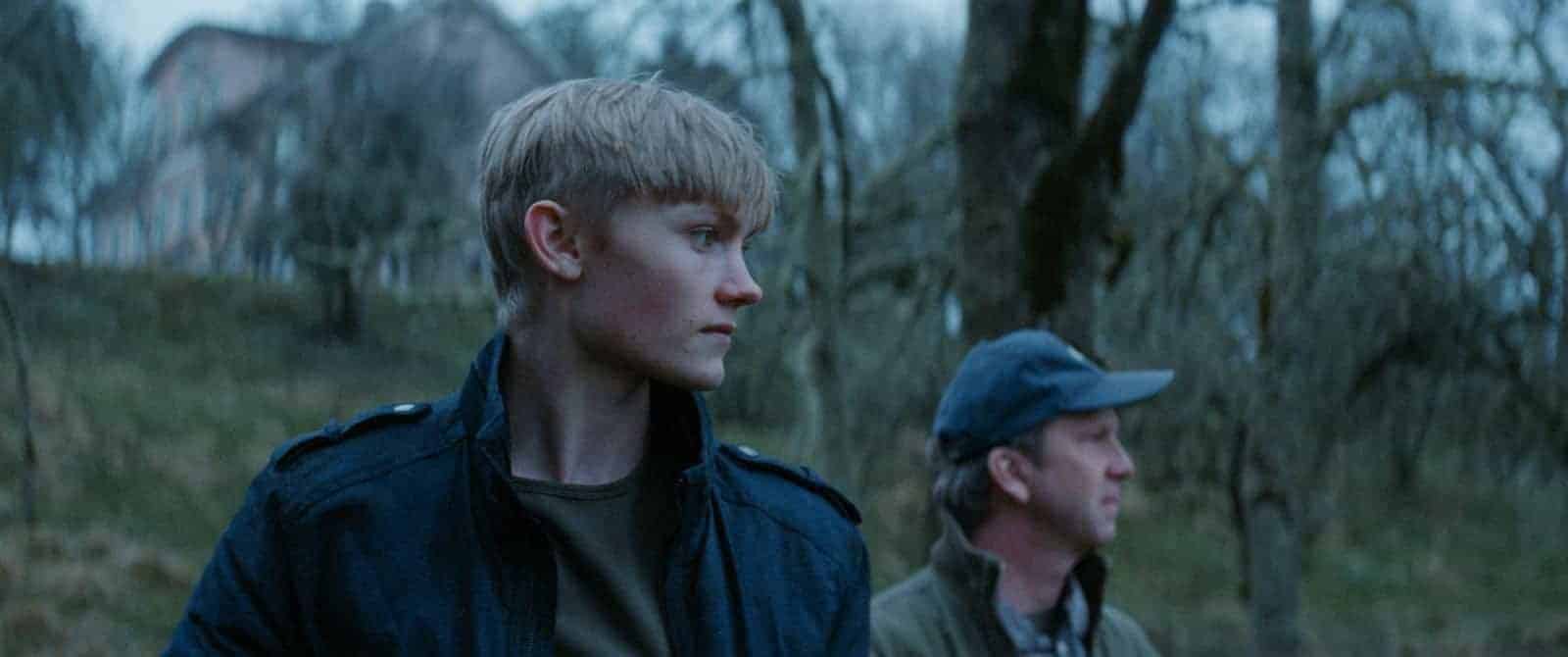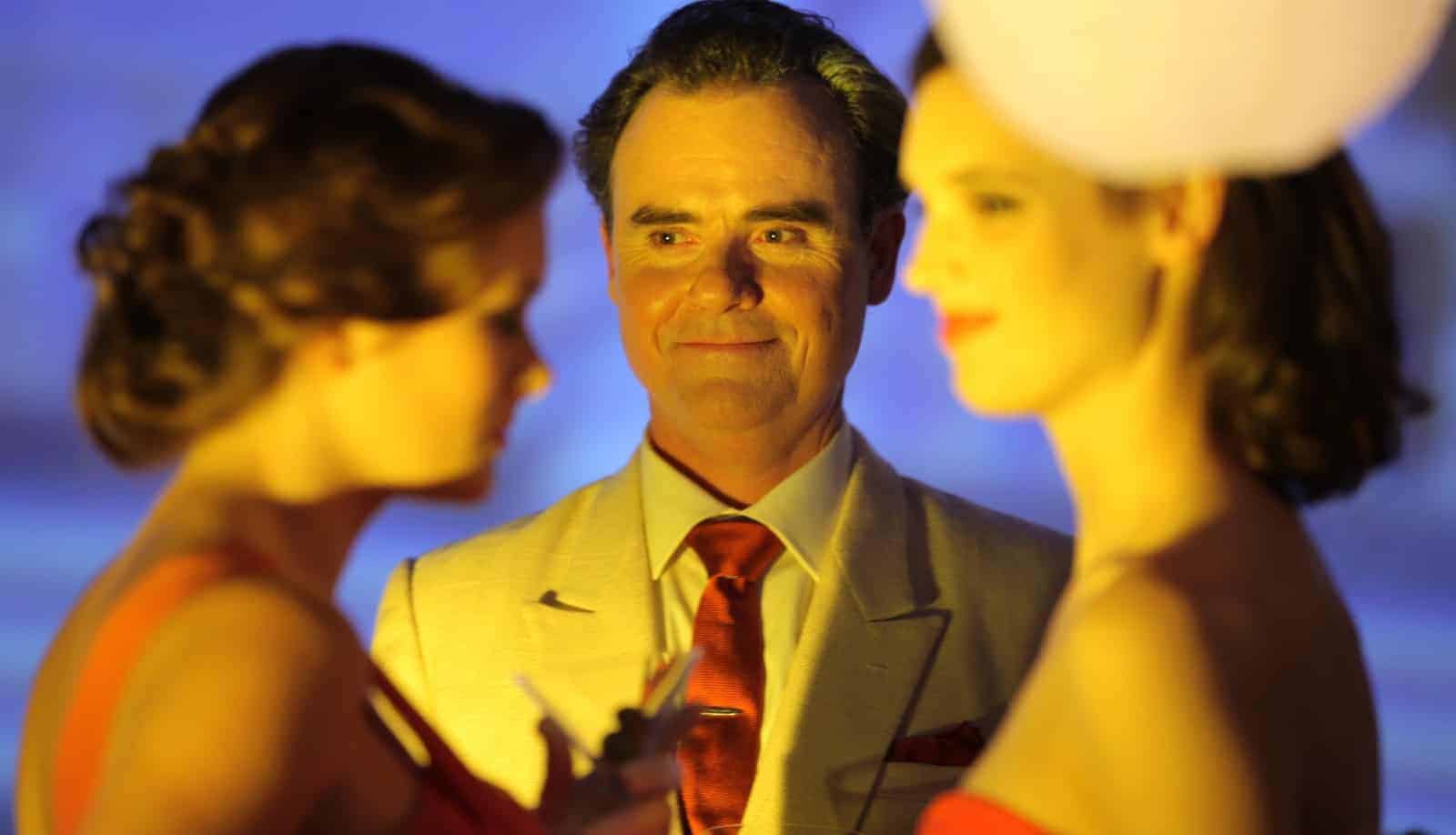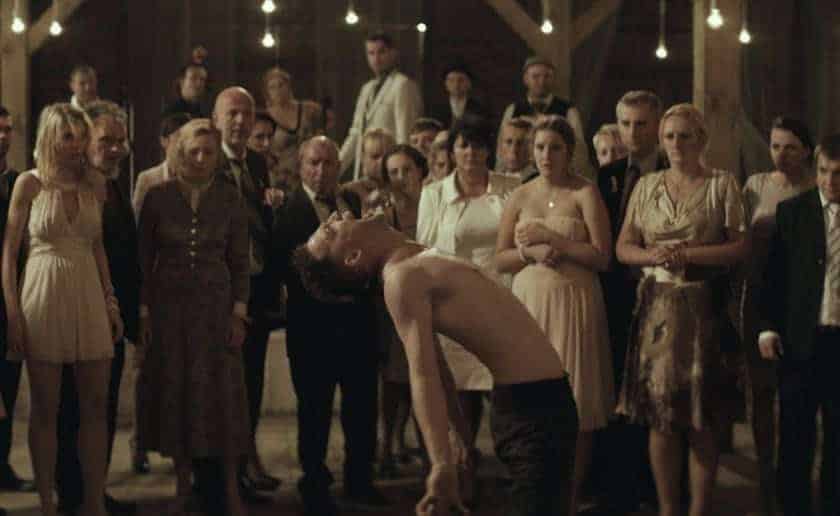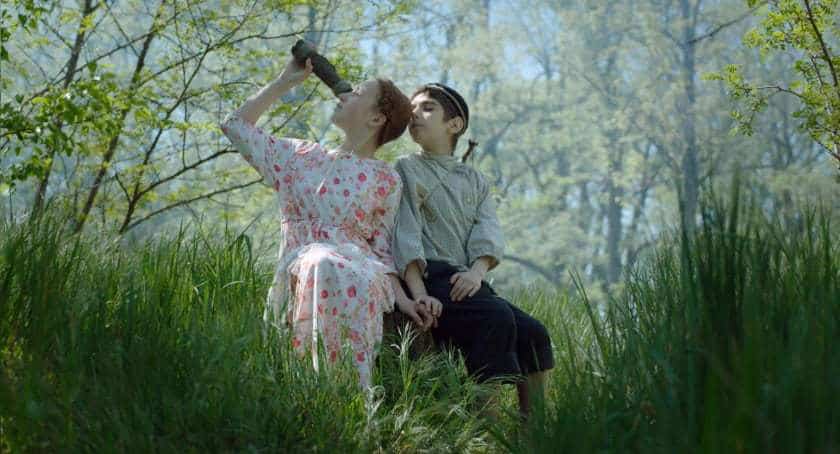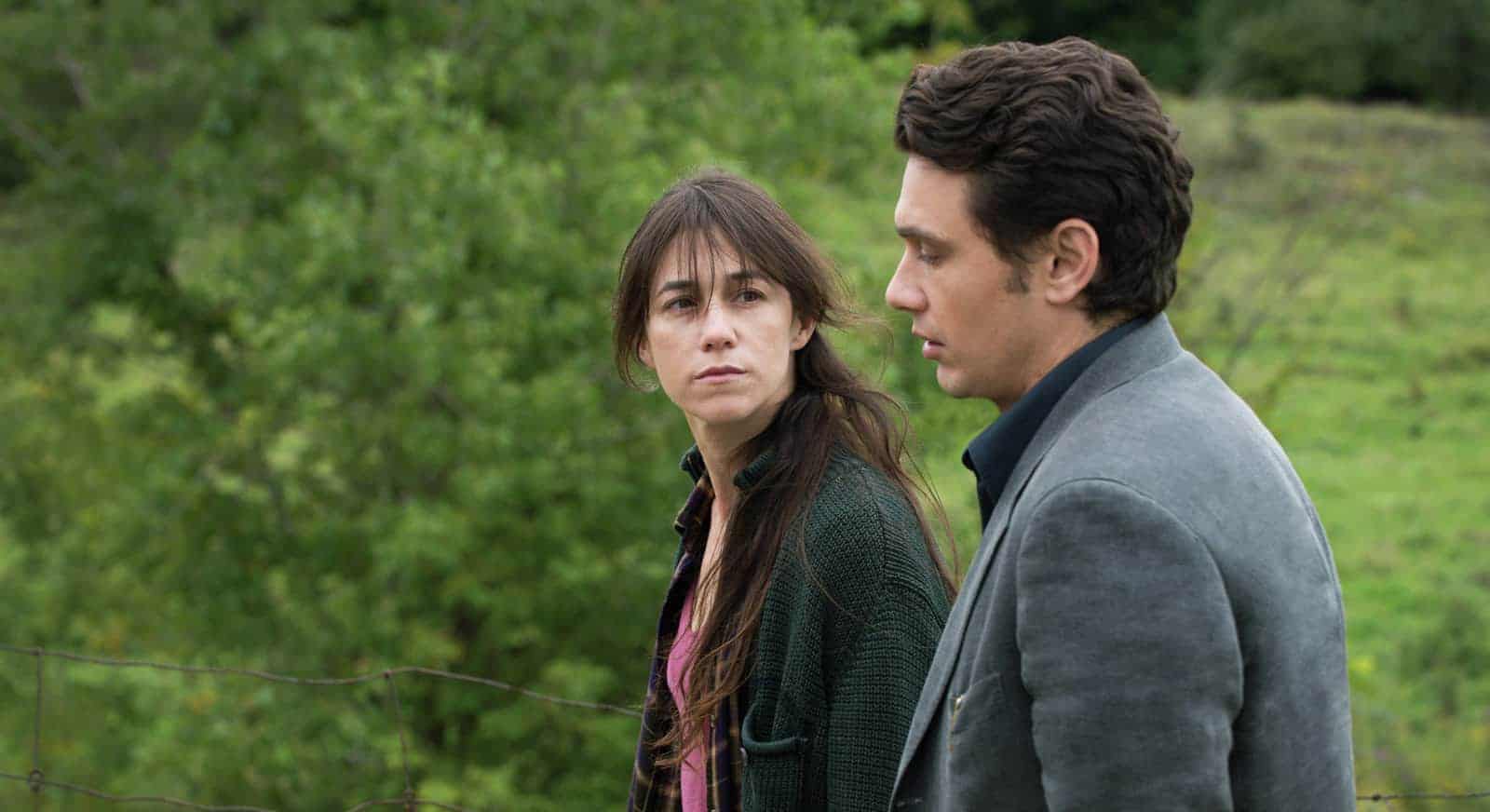Magnus von Horn’s directorial debut, The Here After, is a sensitive character study of a boy coping with the aftermath of his violent act.
Festival Favourites
88:88 is a formal and ideological marvel **** 1/2
88:88, an emphatic statement on poverty, debuts an exciting, radical new voice in cinema: Winnipeg-based Isiah Medina. The numbers ‘88:88’ flash across alarm clocks when electricity goes out: The accurate time is replaced by these place holders and time essentially stands still. The central philosophical meaning of 88:88 in the film is one of stasis, and how that stasis caused by poverty subjects people to a minimized life.
Gillian Armstrong talks Women He’s Undressed
Director Gillian Armstrong discusses Australian costume designer Orry-Kelly and her gorgeous documentary about his life and craft — with a side of Cary Grant and Bette Davis.
TIFF15: Unearthing the dead past in Demon
There’s a troubling absence in Marcin Wrona’s Demon: there are very few Jews in this adaptation of a Jewish story. Protagonist Piotr (Itay Tiran) is a gentile, his intended bride (Agnieszka Zulewska) is a gentile, and all the people in their nameless Polish town are gentiles, too. There are only two Jews in the entire […]
TIFF15: Young love and dying tradition in Song of Songs
Eva Neymann imbues ordinary moments and domestic tasks with a magical quality. Yet this sense of wonder is as fragile as shtetl life itself. Read our coverage of the Toronto International Film Festival.
TIFF15: Masterful 3D is vital to the domestic drama in Every Thing Will Be Fine
Whether it’s making you feel like you’re gazing at the Chauvet caves in Southern France in Cave of Forgotten Dreams or making you aware of how small a boy is in a big, scary, Dickensian adult world in Hugo, 3D can be an essential tool for storytelling. Ever since Wim Wenders started using the technology, to […]
